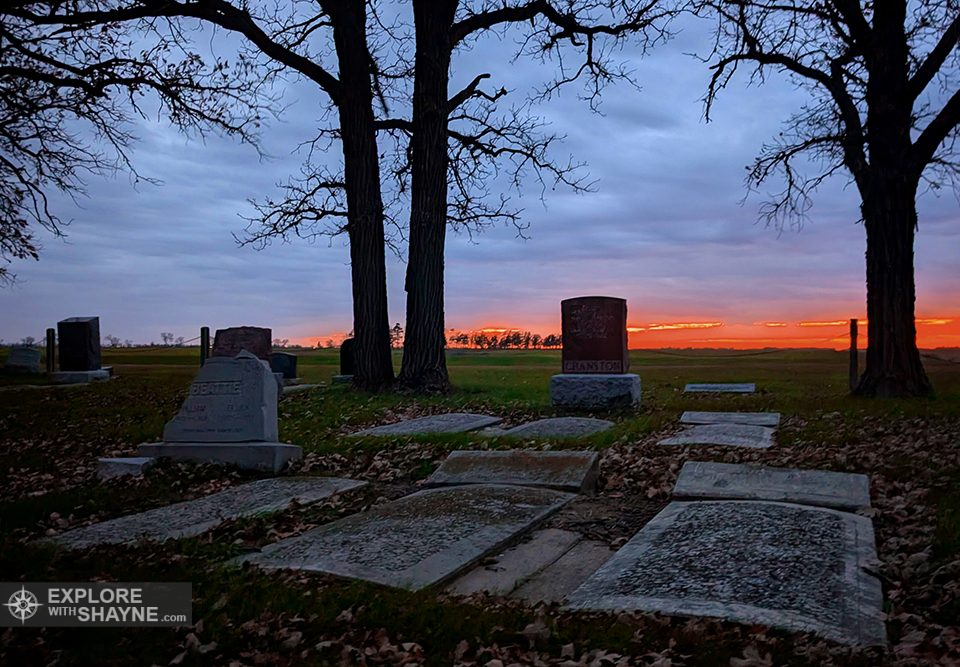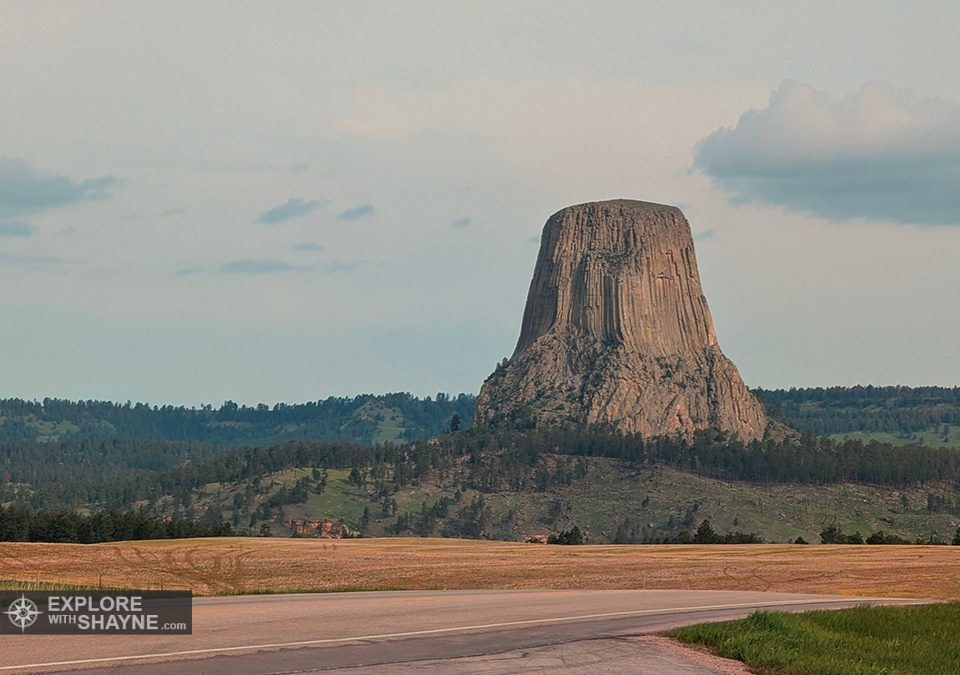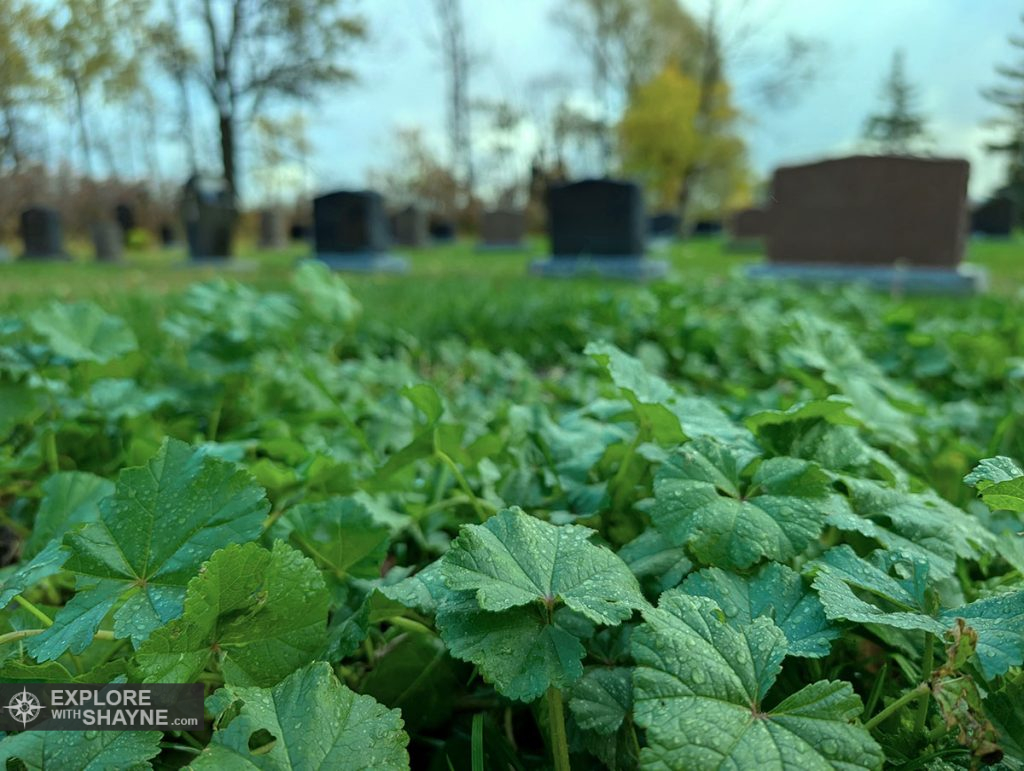
While visiting a graveyard, I came across a patch of common mallow growing amongst the unmaintained grass. It was raining, and the mallows’ round leaves were catching the raindrops. Most people walk past mallow without noticing it, but mallow has been quietly growing beside the dead for thousands of years.
In ancient Greece and Rome, mallow was valued for its healing and nourishing properties. Classical authors such as Pliny the Elder and Dioscorides described mallow as a soothing herb used for digestive and inflammatory ailments. Pliny noted that it could be served as a salad. Some sources describe it as both humble food for the poor while also being a delicacy in refined kitchens, depending on how it was prepared.
With the spread of Christianity across Europe, the plant’s older meanings were adopted. Monks cultivated mallow in monastery gardens for its medicinal qualities. Its ability to regrow after being cut could be seen as a metaphor for Christ’s resurrection.
In many rural European folk traditions, people took note when mallow sprouted on a grave. It was usually taken as a sign that a soul was at rest. The plant’s soft leaves came to symbolise the quiet comfort of the earth. On All Hallows’ Day, some villages gathered mallow blossoms and laid them on neglected graves.
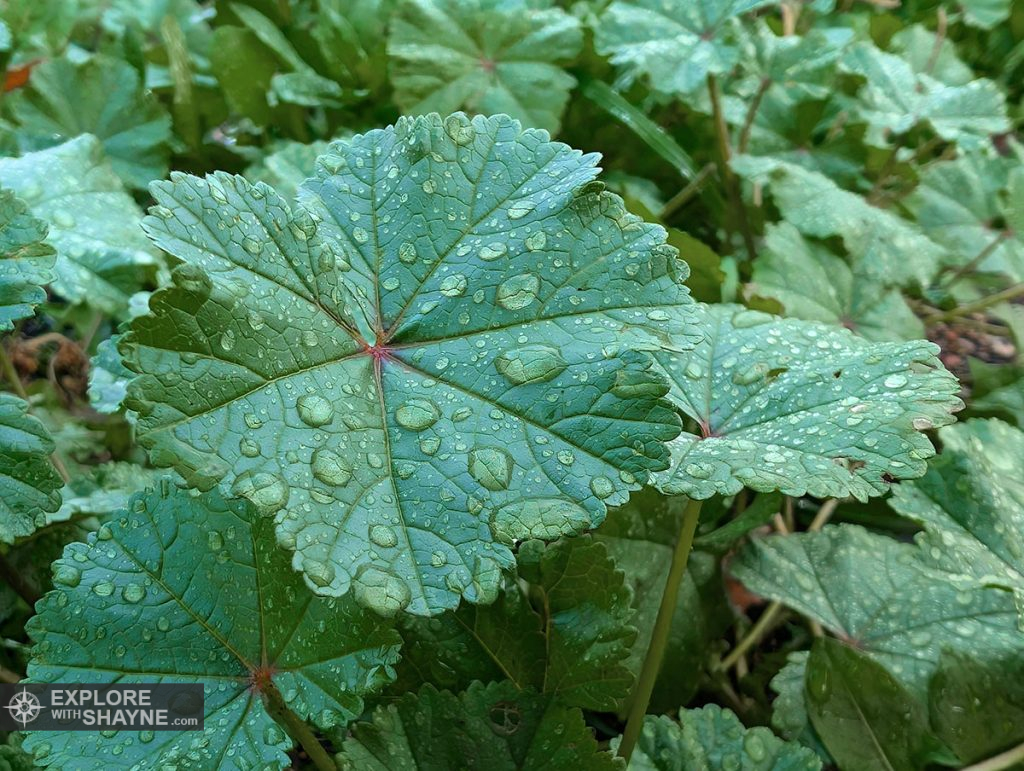
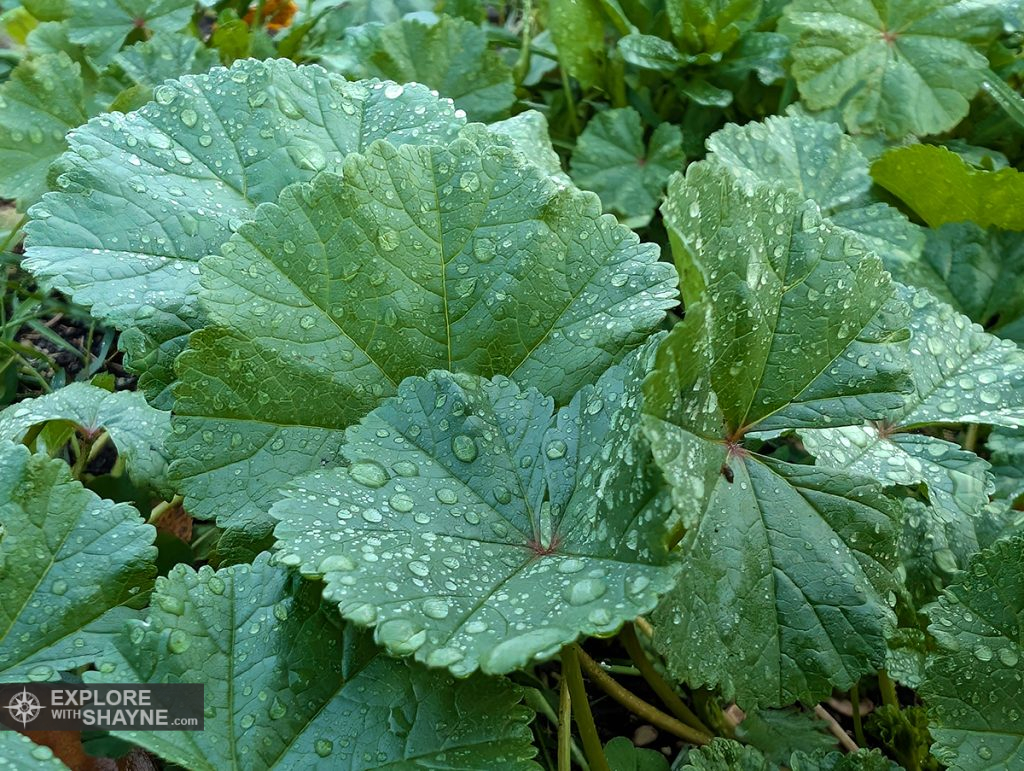
There is a scientific reason why mallow tends to appear in church graveyards and old cemeteries. Cemeteries tend to form what ecologists call necrosol. Necrosol is soil altered by human remains in the soil, due to the additions of bones and coffin materials.
A scientific review of burial places found they often have elevated soil nutrients (calcium, magnesium) and looser ground, making them refuges for disturbance-tolerant plants. Many species adapted to such conditions prosper. While I did not find a study that links mallow to the exact soil conditions in graveyards, the fact that mallow prefers open ground, can grow in disturbed soils supports the idea.
While I was in the cemetery, examining the plants with the rain still falling, I could see why mallow became associated with the dead. It thrives exactly where the earth has literally been split open. Despite this disturbance, mallow grows calmly and persistently, transforming the old soil into new life, just like the people buried here once did for their loved ones. It’s a quiet reminder that even in this place of endings, the earth carries forward the energy of those who came before us.
